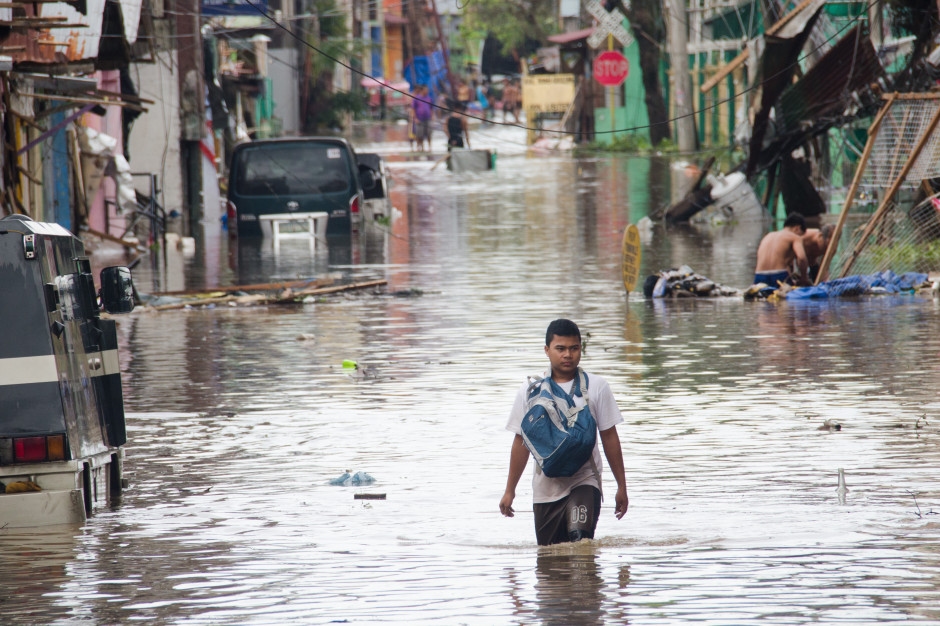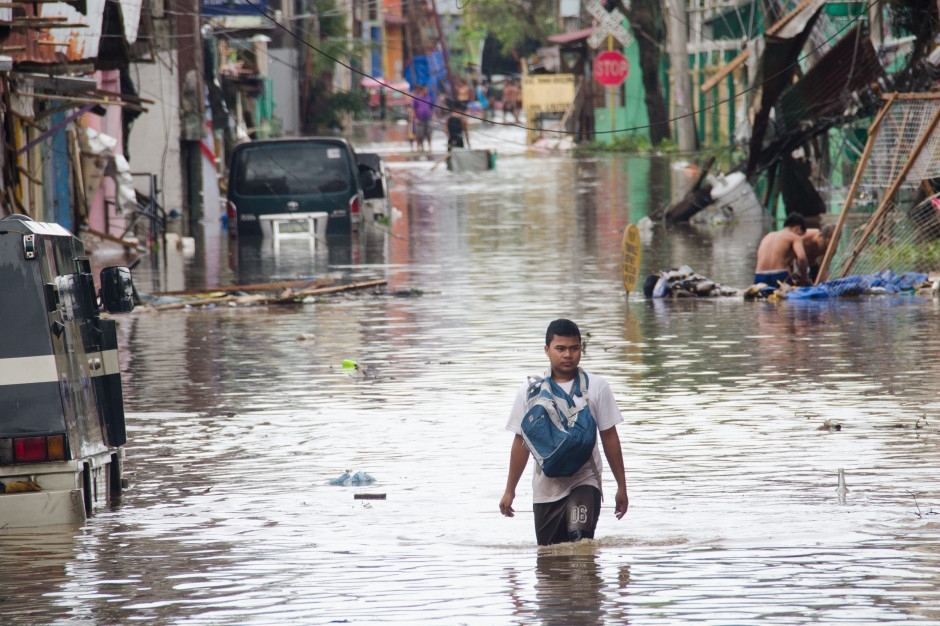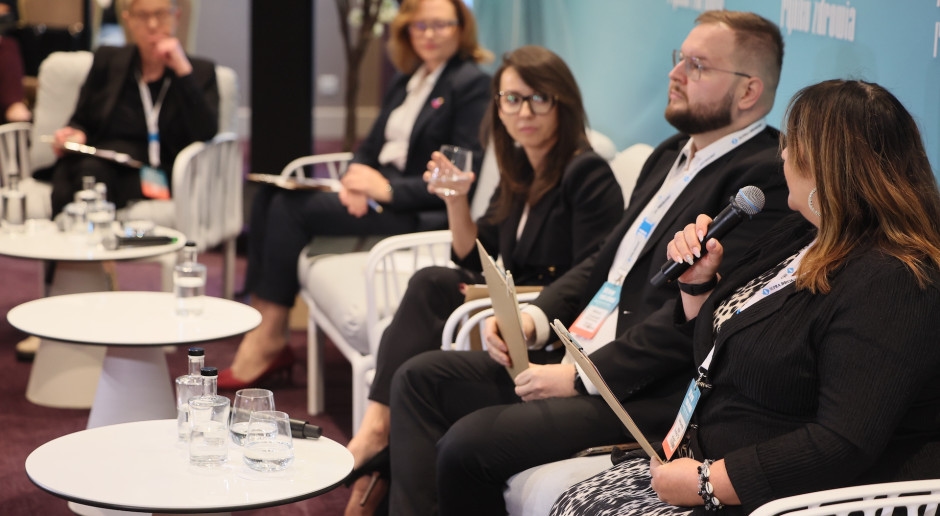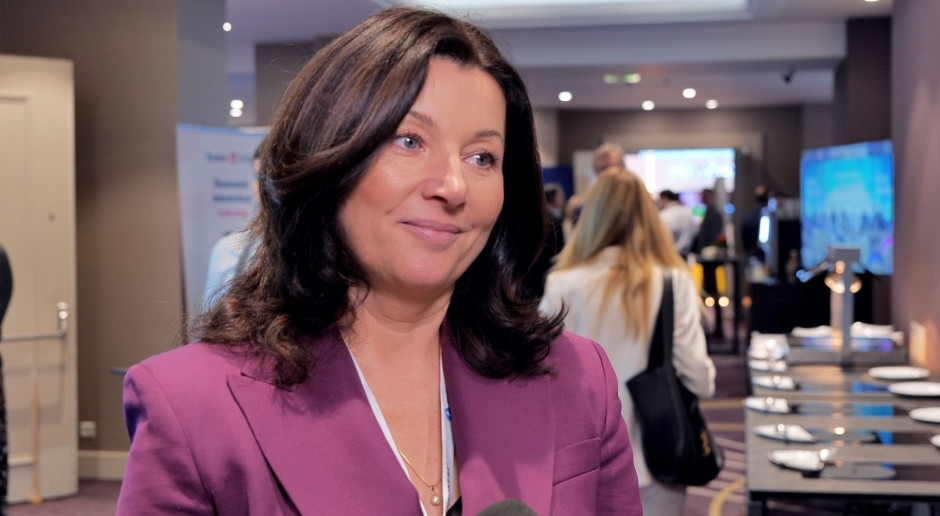Corruption scandals in flood control programs. Asian country seeks hope in technology.

- Although the government in Manila has been investing for years in expensive flood control programs aimed at improving residents' safety and hydraulic infrastructure, recent months have revealed that some of these initiatives have become a source of corruption and abuse.
- In the so-called "ghost flood projects" scandal, it came to light that billions of pesos intended for flood protection may have been misappropriated.
- The scandal, described by the Philippine media as "the biggest corruption case in the country's history," has involved dozens of politicians and officials, and its repercussions reach even into President Marcos's inner circle.
- Despite crises and eroded public confidence, the development of flood control technologies in the Philippines has not completely stopped. In addition to government programs, private initiatives and community organizations are also emerging to support people in disaster-affected areas.
The Philippines is one of the most disaster-prone countries in Southeast Asia. Each year, the country experiences around 20 typhoons and tropical storms, floods, coastal erosion, and frequent earthquakes. In 2025, the situation was particularly dire: in July, massive floods in Luzon paralyzed daily life.
The Plague of Bribery in Flood Prevention ProgramsIn September, the Philippines was hit by strong typhoons, most notably Supertyphoon Ragasa and Typhoon Bualoi. In late September, a 6.9-magnitude earthquake struck Cebu, and in October, another 7.4-magnitude quake struck Davao Oriental. These disasters recur cyclically, forcing residents from a young age to prepare for evacuations and living with uncertainty.
Due to the threat of natural disasters, the Philippine government has been implementing an intensive flood infrastructure investment policy since 2022, primarily through the Department of Public Works and Highways (DPWH). The goal was to secure dams, embankments, retention canals, and other drainage systems in the country's most vulnerable regions.
However, investigations and media reports have revealed that many of the projects were either of low quality, partially completed, or in extreme cases, downright fictitious (so-called ghost projects), meaning the money was spent or settled, but the work was never carried out.
In many cases, prices were inflated, and some funds were systematically siphoned off as bribes —Senator Erwin Tulfo claims this could have been as much as 20-25 percent of the contract value. This leaves only 30-40 percent for actual construction. The total amount allocated for flood control projects in 2025 is approximately 545 billion pesos (approximately $9.5-10 billion)—the scale of the programs was therefore enormous, encompassing thousands of local and regional investments.
Furthermore, Greenpeace pointed out that as much as 1.089 trillion pesos could be lost from spending designated as climate projects starting in 2023. These figures underscore that the problem was not with individual investments, but with the systemic scale of abuses in public infrastructure spending .
When information about the ghost projects came to light in September 2025, mass demonstrations took place in response, the largest in Manila. The nationwide demonstrations on September 21st were particularly significant. That same day marked the anniversary of the imposition of martial law in 1972, lending the protests additional symbolic significance. Furthermore, student strikes and "Black Friday" actions filled the streets and campuses; youth and grassroots media collectives (including groups of content creators against corruption) used social media to publicize the scandal and organize demonstrations.
The protests were both spontaneous and organized by NGOs, civic groups, and trade unions. In response to the mass protests, the Independent Commission for Infrastructure was established and audits and investigations were launched, including by the Senate and the Blue Ribbon Commission. Despite these actions, public dissatisfaction with the government remained significant.
Not Just Government: Science, Business, and Society Against the ElementsDespite challenges related to transparency in public spending on flood protection projects, the Philippines is not defenseless against natural disasters. While government support, as the ghost projects scandal has shown, is often insufficient, the private sector, social activists, and academics still contribute.
An interesting example of this is Project NOAH (Nationwide Operational Assessment of Hazards). This modern, nationwide program aims to reduce the risk of natural disasters and better prepare society for their effects. Initially, Project NOAH was implemented under the Department of Science and Technology, but after funding ended in 2017, the program was taken over by the University of the Philippines, where it operates to this day as part of the UP Resilience Institute.
The project was launched in 2012 and aims to create an efficient early warning system that can predict dangerous phenomena at least six hours in advance. This allows services and residents to respond to impending threats in advance. Project NOAH utilizes modern technologies, integrating hydrometeorological, geographic, and environmental data.
The system includes a network of automatic rainfall and water level sensors, LIDAR-based flood and landslide risk maps, and real-time threat forecasting and analysis centers. A key element of the program is universal access to information – for both services and citizens – via television, the internet, and mobile apps.
One of the most practical outcomes of the project was the launch of the Project NOAH mobile app in 2012, allowing users to check current weather data, rainfall and water levels, and receive real-time hazard warnings. The project and its initiatives have won numerous national and international awards.
In 2014, the ARKO app, part of the program, received the UN World Summit Mobile Award in the e-Inclusion and Empowerment category. Two years later, Project NOAH was recognized by IDC Asia Pacific as the best Smart City initiative in public safety and also received the USAID Data Revolution for Resilience Award for its innovative use of data in building social resilience.
Another interesting initiative is the Philippine Disaster Resilience Foundation . PDRF is an example of a modern organization that combines the strengths of business, academia, and the public sector to increase the country's resilience to disasters. It was established in 2009 after Typhoon Ketsana and has since served as the main coordinator of private-sector disaster risk reduction efforts in the Philippines. It brings together over 60 companies operating in specialized clusters, ranging from logistics and telecommunications to energy and health. The organization collaborates with the government and the UN to build resilient communities and businesses through education, collaborative planning, and the use of new technologies.
One of its most important achievements is the SIKAP MSME Resilience Hub, a digital platform that provides companies with the tools and knowledge needed to respond to crises and recover from disasters. Another planning innovation is the PUHON Toolkit, a strategic business resilience planning tool. PDRF has also developed business continuity management (BCM) training programs for hospitals, public institutions, and companies, and is installing rainwater retention systems in disaster-prone areas.
Floating barriers stop wasteIn addition to the solutions mentioned above, it's also worth highlighting the work of several entities that have made significant contributions to the development of technological innovations in flood control in the Philippines. Manila Water, through its i-Float project, developed a floating barrier system that retains waste and prevents the blocking of water channels, significantly contributing to reducing flooding in urban areas. Agham – Advocates of Science and Technology for the People, an independent non-governmental organization committed to popularizing citizen science and environmental protection, plays an equally important role.
Agham promotes a sustainable approach to flood risk management by combining scientific knowledge with local community initiatives and pushing for the implementation of solutions based on ecology and environmental justice. Meanwhile, Filipino startup Tagani Inc., despite being closed due to the COVID-19 pandemic, has achieved significant success in creating digital farm management tools that support, among other things, efficient water management and increasing agricultural resilience to floods.
FloodX is also worth mentioning – although it is based in Singapore, it is investing heavily in the Philippines, offering modern, water-activated flood barriers for both residential and commercial buildings.
Technology and cocoaAnother example of innovative initiatives are projects that combine modern technologies with local knowledge and traditional practices. Louise Mabulo, a Filipino environmentalist, leads initiatives that integrate technological innovation, environmental stewardship, and the expertise of local communities to increase the country's resilience to the impacts of climate change. Among other initiatives, Mabulo founded The Cacao Project, a program in the Camarines Sur region that supports farmers in transitioning to sustainable cocoa production.
The project restores degraded areas, enhances biodiversity, and provides local communities with a stable source of income. The ecologist is also collaborating with a platform that uses AI and blockchain to reward residents for collecting data on mangrove trees, creating an innovative model for financing nature conservation. This has led to the development of mangrove restoration projects on the country's coasts—critical for protection against typhoons and erosion—using GPS and environmental data technology.
How to build a country's resilienceThese innovation examples demonstrate that in a country particularly vulnerable to natural disasters, the private sector and grassroots community initiatives can play a crucial role in protecting residents and increasing social resilience. While government programs remain essential, the experience of the ghost projects scandal highlights the importance of transparency, financial oversight, and accountability in public administration.
At the same time, private initiatives, technology startups, and non-governmental organizations are demonstrating that an effective combination of science, technology, entrepreneurship, and social engagement can significantly reduce the impact of natural disasters. Through such initiatives, the Philippines is not only responding to current threats but also building long-term societal resilience to climate change by combining lifesaving, technological development, and civic education.
wnp.pl





